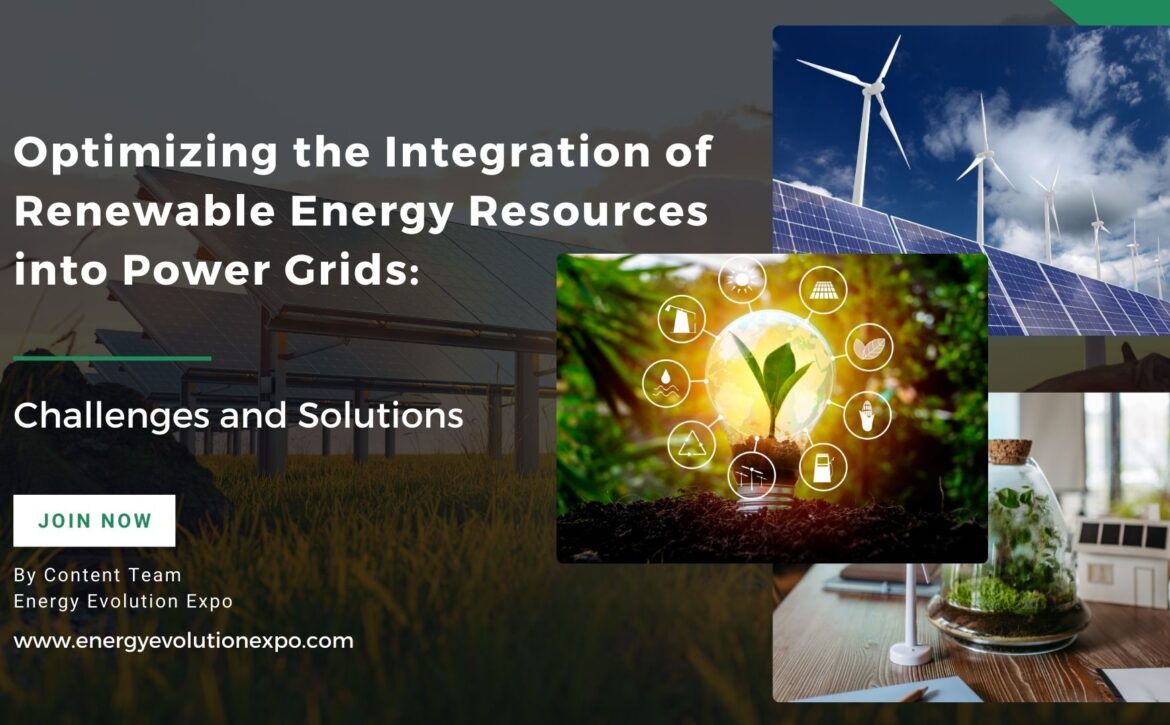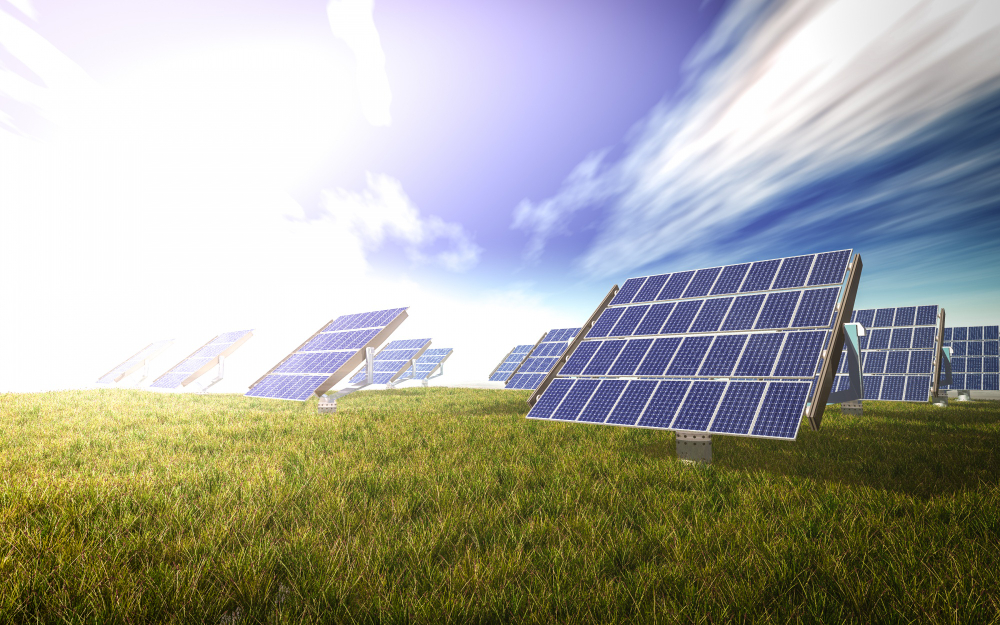Emerging Trends and Advancements in Solar Energy Technology: An Outlook
Solar power is positioned as a key player in the worldwide transition towards more environmentally friendly sources of energy. Continuous progress in materials, production techniques, and innovative strategies is propelling the development and enhancement of solar technology. The focus of this article is on the emerging trends in sustainable solar energy technology that are influencing the trajectory of energy generation in the future.
Table of Contents
Solar Energy Technology
Solar energy technology harnesses the sun’s power to generate electricity and provide heating solutions, playing a crucial role in the shift towards renewable energy. Advanced solar panels, such as perovskite and tandem cells, significantly improve efficiency. Innovations like bifacial panels, flexible solar materials, and floating photovoltaics expand application possibilities, from large solar farms to wearable tech. Smart solar systems integrated with IoT allow for remote monitoring and optimization, while energy storage advancements ensure reliability. These technologies, combined with solar-powered EV charging and hydrogen production, are paving the way for a sustainable energy future, reducing reliance on fossil fuels.
Trends in Solar Panel Technology to enhance the efficiency of Solar Technology:
Enhancing efficiency through the Usage of Tandem and Perovskite Solar Cells:
Within the solar technology sector, there is a notable emphasis on continually striving for increased efficiency. While traditional silicon solar panels have made significant advancements, researchers are now shifting their attention towards newer technologies. Among the forefront of these advancements are tandem solar cells, which combine various materials to capture a wider range of sunlight, and perovskite solar cells, recognized for their high efficiency capabilities. These state-of-the-art technologies not only have the potential to increase electricity production but also to decrease the cost per watt, thus influencing the trajectory of sustainable energy production.

Advancement in Solar Panel technology: Bifacial Solar Panels
Bifacial solar panels are considered a significant advancement in solar panel technology. In contrast to conventional panels that only absorb sunlight from one side, bifacial panels have the capability to generate electricity from both the front and back surfaces. This unique design allows for enhanced energy generation, resulting in their widespread adoption for large-scale solar projects.
Flexible and Lightweight Solar panels:
An increasing demand for solar panels capable of integration into various applications is propelling the advancement of flexible and lightweight solar panels. These panels are adaptable for use on curved surfaces, incorporation into building materials, and can even be rendered transparent. Consequently, the scope of potential applications for solar power broadens, encompassing vehicle-integrated solar panels and solar-integrated clothing.
Solutions for Efficient Energy Storage:
Efficient energy storage solutions are necessary to guarantee a steady power supply due to the intermittent nature of solar energy. Although lithium-ion batteries have been predominant in the market, emerging technologies such as solid-state batteries and flow batteries present advantages like higher energy density, longer lifespans, and enhanced safety. These advancements play a crucial role in storing surplus solar energy for periods of low solar input, such as nighttime and cloudy days.
Internet of Things(IoT), Smart Solar Solutions and Solar Tracking Systems:
The convergence of the Internet of Things (IoT) and smart technology is reshaping solar energy systems significantly. Monitoring solar installations from a remote location is now feasible, enabling immediate modifications in response to weather patterns and proactive maintenance. The implementation of intelligent solar solutions enhances energy effectiveness and minimizes operational expenses. Noteworthy is the rising prominence of solar trackers in expansive solar installations. These mechanisms are designed to dynamically alter the inclination and alignment of solar panels to track the sun’s movement, optimizing sun exposure throughout the day. Both single-axis and dual-axis trackers are instrumental in augmenting energy production and refining the efficacy of solar farms.
Floating Solar Farms/Floating photovoltaics(FPV):
Floating solar farms, an emerging trend in renewable energy, involve the installation of solar panels on bodies of water such as lakes and reservoirs. These innovative setups not only save land space but also benefit from the cooling effect of water, thus improving solar panel efficiency. Particularly notable for areas with limited land availability, floating solar, also referred to as floating photovoltaics (FPV) or floatovoltaics, is gaining global momentum. Various countries including China, France, Indonesia, India, Japan, South Korea, the United Kingdom, Singapore, Thailand, and the United States are increasingly embracing this technology. Floating solar is a type of “offshore solar” energy, which includes fixed-bottom foundations, and holds great potential for expanding renewable energy capacity across different geographic contexts.
EV charging Stations with Solar Panels and Advanced Inverters:
Advanced inverters play a crucial role in converting direct current (DC) electricity produced by solar panels into usable alternating current (AC) electricity. The development of advanced inverters aims to enhance efficiency, power quality, and grid integration, ultimately improving the stability and reliability of solar power systems. Another innovative trend is the integration of solar panels with electric vehicle (EV) charging stations, allowing vehicle owners to charge their cars with clean energy. This synergy between solar power and EVs helps reduce carbon emissions and lessen the environmental impact of transportation.
Solar Power for Hydrogen Production:
Utilization of solar power for hydrogen production is on the rise as it is being employed for electrolysis, a method that separates water into hydrogen and oxygen. The resulting hydrogen can be effectively stored and utilized for various purposes such as fuel cells, showcasing its adaptability and environmentally friendly nature.
Despite persistent challenges in the supply chain and international trade, solar photovoltaic (PV) systems have represented more than 50% of the new electricity generation capacity for the second consecutive year. Solar PV has emerged as the most rapidly growing generation technology, with 25% of the total installed solar PV generation capacity added in 2022 alone.
The proportion of global electricity generation from PV has increased from about 3.6% in 2021 to approximately 4.5% in 2022.In combination, carbon-free generation sources, including nuclear, hydropower, solar PV, wind, and other renewables, have accounted for over 80% of the capacity expansions in the last three years. Solar PV and wind have been the principal drivers of this augmentation, contributing over 75% of the capacity expansion during this timeframe.Prospects are promising for the advancement of sustainable solar energy technology, as emerging trends introduce innovative solutions to address the increasing global energy demand and mitigate our carbon emissions.
The development of high-efficiency solar panels, versatile designs, energy storage solutions, smart technology, and other breakthroughs is leading the path towards a cleaner and more sustainable energy future. The progression of these trends offers the potential to revolutionize the energy sector and drive the transition towards a greener and more sustainable world.To facilitate understanding of latest development and trends in the Renewable energy Industry, various Conferences and Expos, which bring the Industry leaders together, are crucial.
The Energy Evolution Awards, Conference and Expo organized by Next Business Media is making its debut in Spain in 2025. It will be a leading forum dedicated to honoring excellence in Energy Technology, showcasing innovations and fostering collaborations. The events unite industry leaders , visionaries to explore the latest advancements, tackle key challenges and shape the future of Energy. The Energy Evolution Awards, Conference and Expo will celebrate outstanding achievements, promote sustainable practices, and drive the Energy Industry forward into a technologically advanced sustainable era. Energy Evolution Awards, Conference and Expo will be a platform for cultivating innovation and shaping a brighter, more efficient energy landscape.










